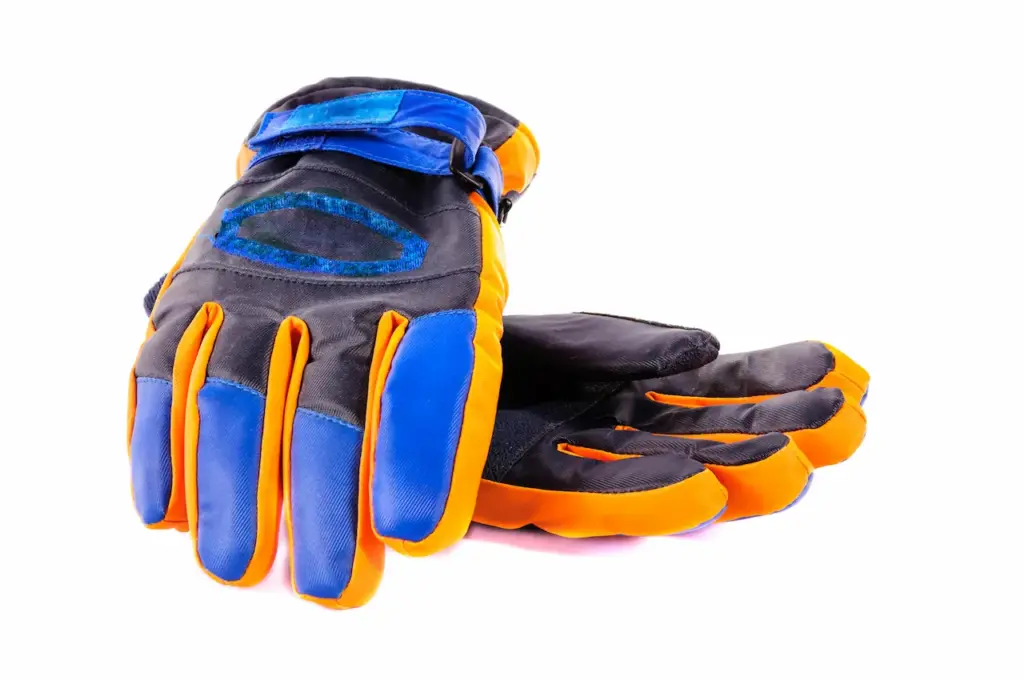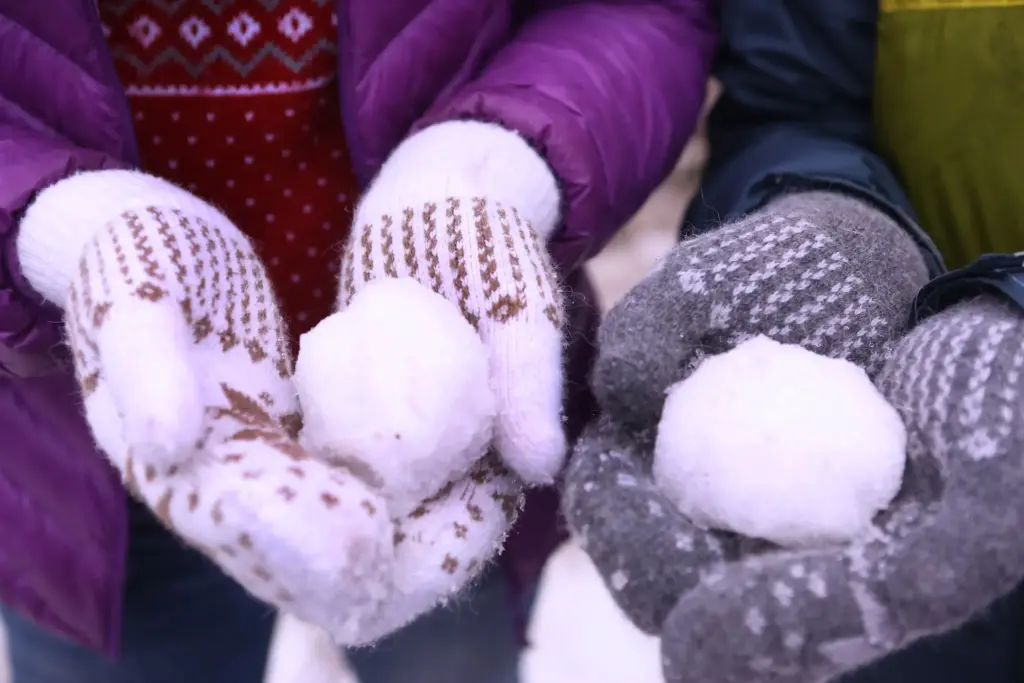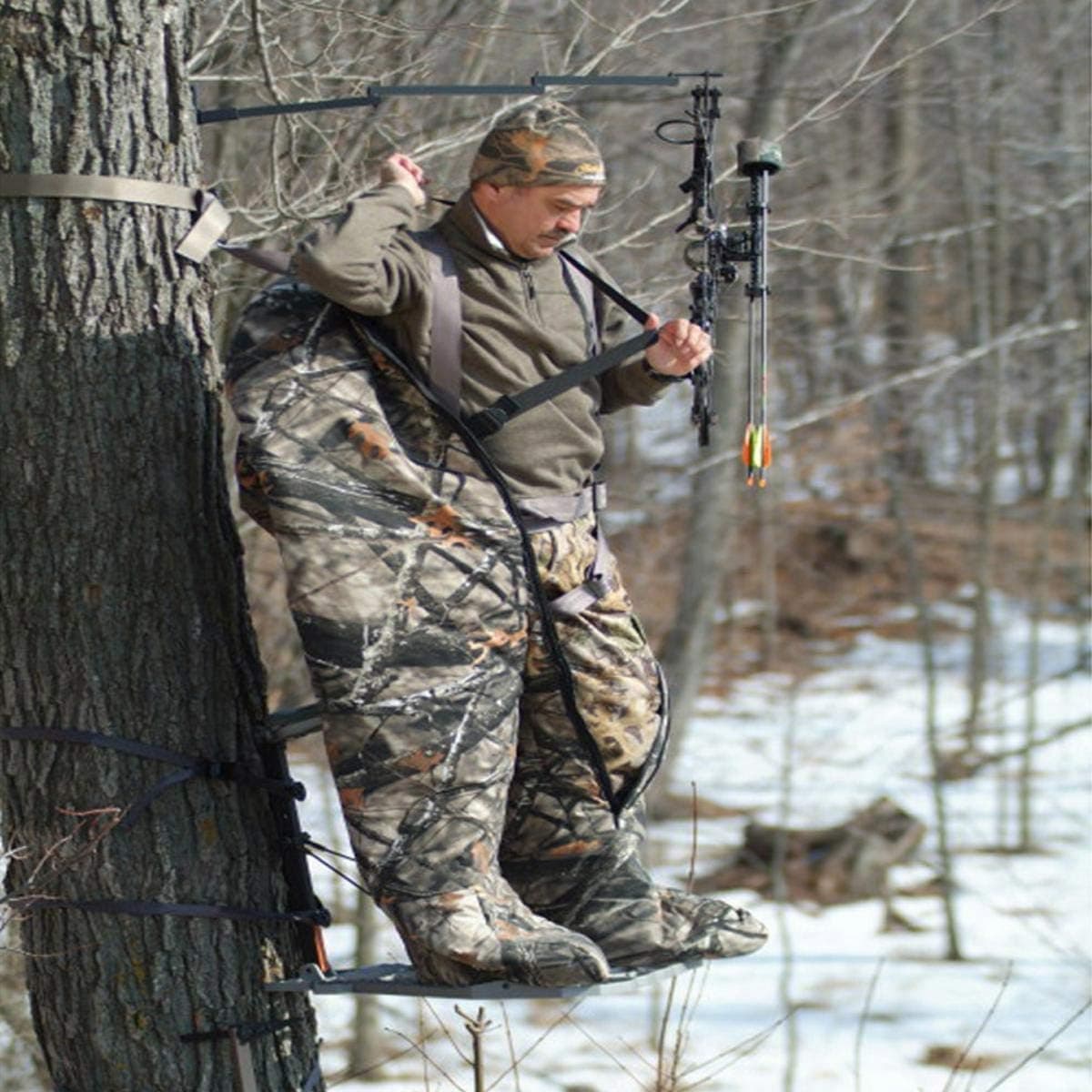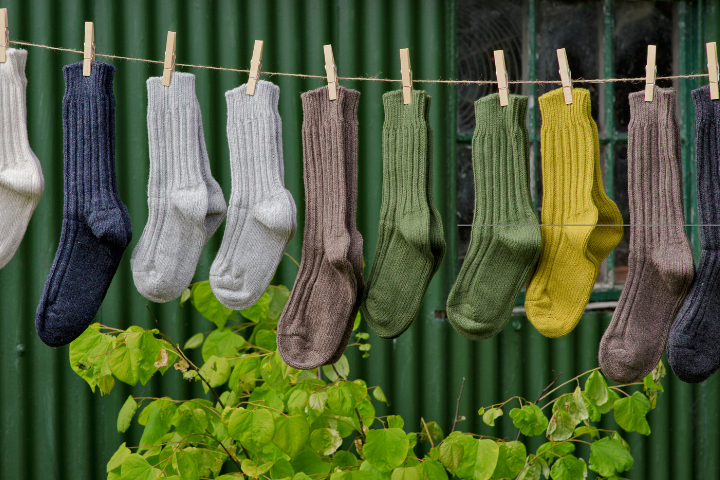Introduction
The decision between gloves and mittens in the never-ending struggle against winter’s icy grasp has long been a source of discussion among outdoor lovers, experts in winter sports, and anybody who has withstood icy conditions.
Given that each has distinct benefits and drawbacks, the age-old query of whether mittens or gloves are warmer arises. This thorough investigation explores the science underlying these winter items, considering their anatomy deeply.
Are Mittens Warmer Than Gloves?
Ah, an excellent discussion. Gloves or mittens? In the end, warmth vs. functionality determines what’s ideal for you. What functions the best for you is what matters. So which is warmer, gloves or mittens? Now that we know for sure, the solution is here.
Are Mittens Warmer Than Gloves? Because they have a smaller surface area than gloves, mittens get warmer—less radiant heat loss results from this. The results of studies also indicate that mittens are more generous than gloves because unheated mittens with liners performed better than unheated gloves with liners.

Why Do Mittens Stay Warmer Than Gloves?
Not only do mittens have fingers that are closer together, but there’s another, more significant reason. It is necessary to comprehend heat loss to understand why mittens are warmer.
Since the material of gloves wraps around each finger separately, they have a larger surface area. Gloves lose more heat from the exterior because they have a larger surface area. The gloves have more seams than mittens, which contributes to the additional heat loss.
How Much Warmer Are Gloves Compared to Mittens?
An Antarctic research entitled Glove and Mitten Protection in Extreme Cold Weather has been conducted on the topic of mitten vs glove temperatures.
An Antarctic Study On Protection From Fierce Cold With Gloves And Mittens
This study evaluated how well various mittens and gloves functioned in icy conditions.
Methods
In the winter of 2016, a convenience sample of mittens and gloves was tested three times across a 0.5-mile distance (~20 minutes) using a calibrated thermometer (range: −148°F to +158°F/−100°C to +70°C).
In the non-dominant hand, a tiny sensor attached to a 10-foot wire was taped to the radial surface of the distal small finger.
The test was started by donning the tested apparel over the probe, establishing the maximum temperature within the glove or mitten close to a building exit (the ambient temperature was around 54°F/12°C), and then leaving the building. Throughout the test, the hand was held still. Chemical heat warmers were used to test a few non-heated gloves by covering the volar or dorsal wrist.

Results
Electrically heated gloves had the highest temperatures at the beginning (96°F/36°C) and ending (82°F/28°C). Using the power off, the lowest initial temperature was reached using electrically heated gloves (63°F/17°C).
The gloves with a chemical hand warmer inserted and not heated had the lowest minimum temperature (33°F/1°C). The lowest and maximum temperatures of gloves and mittens did not always match.
Conclusions
The most fabulous starting (96°F/36°C) and finishing (82°F/28°C) temperatures were recorded using electrically heated gloves.
The lowest starting temperature (63°F/17°C) was attained with electrically heated gloves while the power was off. The gloves with the lowest minimum temperature (33°F/1°C) were inserted with a chemical hand warmer but not heated. Gloves and mittens’ lowest and highest temperatures weren’t always the same.
Purposes:
Hands, feet, and exposed regions of the head are the most typically affected by hard feelings and injuries in extremely low-temperature situations.
Numerous defensive clothing options are available to minimize exposure to cold in these places. No perfect cold-protective equipment is available for extremely low temperatures, and users sometimes need help deciding which equipment is best for them.
Data on the performance of several hand protection devices (such as mittens, gloves, and liners) in extremely low temperatures was gathered during Antarctic winters.
The purpose of this study was to investigate the validity of this well-recognized paradigm and to move beyond the purely subjective evaluations that the majority of users are forced to rely on.
Methods
This research was carried out in the winter of 2016 at McMurdo Station, Antarctica (77.8419°S, 166.6863°E) (mid-February to mid-August).
In addition to privately owned mittens or glove and liner combinations, a convenience sample of work gloves and “extreme cold weather” gear provided to staff members stationed at McMurdo Station (USA) and Scott Base (NZ) was also evaluated. These staff members then submitted the samples for analysis.
Every test session consisted of the 20 minutes required to go 0.5 miles through the town and along the heights next to the often windswept sea ice. To ensure the accuracy of the results, every pair of mittens or gloves and liners was tested simultaneously on three separate days. When there was a >1°F (0.6°C) discrepancy between the test results, an additional test was run, and the outlier was eliminated.
Every test had the author as the subject, and she always wore the same body-protecting gear. The temperature range of −148.00°F to +158°F (−100.00°C to +70°C) was measured with a calibrated Fisher ScientificTM TraceableTM Platinum High-Accuracy Refrigerator/Freezer Thermometer with Probe (catalogue number 15-081-109; Fig. 1).
The supplied sensor was a waterproof temperature probe the size of a bullet connected to a flexible cable measuring ten feet. The probe was taped to the distal small finger’s radial (inner) surface on the non-dominant hand.
Once the test gloves were put on over the probe, the building was evacuated, and the test started. The maximum temperature was then passively reached by standing in an anteroom near the building’s exit (the ambient temperature averaged 54°F/12°C). Throughout the test, the hand remained still.
Results
The test results for every combination of hand protection are listed in the table. The table presents the average minimum temperature attained throughout the three tests for each hand protection combination, arranged from highest to lowest because hand comfort is most closely related to a glove’s or mitten’s minimum temperature in cold situations.
The bottom 14 combinations of gloves, mittens, and liners caused the hands to drop below the minimally advised “Winter” Comfort Zone, which is the temperature that hurts the palm when it comes into contact with a cold item.
| Mitten/ Glove/liner | Min temp during the test: °f (°c) | Max temp at start test: °f (°c) | Loss of heat during the test: °f (°c) |
| Outdoor Research heated gloves (pre-heated max) | 82 (28) | 96 (36) | 14 (8) |
| Volt heated mittens (pre-heated 4 bars) | 81 (27) | 93 (34) | 12 (7) |
| Marmot 8000 Meter Mitt/Marmot liners | 80 (27) | 92 (33) | 12 (6) |
| Outdoor Research Alt Mitts/Mountain Hardwear liner | 74 (23) | 84 (29) | 10 (6) |
| Outdoor Research heated gloves (battery off) | 70 (21) | 93 (34) | 23 (13) |
| Outdoor Research Alt Mitts and liner | 67 (13) | 80 (27) | 13 (7) |
| Volt heated gloves (pre-heated 4 bars) | 66 (18) | 95 (35) | 29 (17) |
| Volt-heated mittens (battery off) | 59 (15) | 88 (31) | 29 (16) |
| Generic mittens/possum liner | 59 (15) | 75 (24) | 16 (9) |
Throughout every test, the wind chill varied between -20°F and -35°F (-29°C and -37°C). Each test session was slightly different, from 14 to 17 minutes. At maximum power, the Volt and Outdoor Research devices had an indoor battery life of 3.5 to 4 hours.
Performing fine motor activities while wearing any tested mittens and gloves was challenging. The user could accomplish fine motor activities while wearing only glove liners, briefly before their fingers were too chilly.
Cold Exposure
Exposure to cold can cause damage, impair manual dexterity, and diminish blood flow to the hands (3). Arctic researchers have discovered that fine and gross hand dexterity decreased at an ambient temperature of 23°F (−5°C), leading to “decreased performance and increased risk of mistakes.”
Cold hands are a frequent and frequently medically severe issue in freezing climates. The only part of the body more vulnerable to frostbite than the hands is the head, according to Finnish research involving 2,555 young individuals.
The impact of cold weather on humans and their level of danger are determined by several external elements apart from their attire. These include the physical environment, such as touch with cold things, activity level, psychological mentality, and environment, such as air temperature, wind speed, precipitation, and radiation, e.g., the influence of darkness on mood.
Personal characteristics, such as experience level, acclimatization, fitness, and health, are also important.
Using cold-induced vasodilation (CIVD) in the tips of the fingers, one assessment tool has shown variations in peripheral blood flow and skin temperatures in Black individuals females at high altitudes as they age, with specific diets that include more protein, salt, and vitamin C, and when they are under stress.
This results from a rapid reduction in the neurotransmitter release that the sympathetic nerves send to the arteriovenous anastomoses, which are particular organs that are thermoregulatory and control blood flow.
Methods Of Glove Testing
Personal attributes, including degree of experience, degree of acclimatization, level of fitness, and state of health, are also significant.
One assessment tool has demonstrated differences in peripheral blood flow and skin temperatures in Black individuals, females, at high altitudes, as they age, with specific diets that include more protein, salt, and vitamin C, and when they are under stress using cold-induced vasodilation (CIVD) in the tips of the fingers.
This is most likely the outcome of a sharp decrease in the neurotransmitter release that the sympathetic nerves send to the arteriovenous anastomoses. These specific organs regulate blood flow and regulate body temperature.
Design, Materials, And Heating Aspects Of Gloves
Wearing appropriate clothes for the weather reduces the heat transferred from the body to the surroundings. Clothing’s thermal properties, insulation, evaporative, wind, water resistance, design, construction weight, fibres, fabrics, and ergonomics determine how much heat loss can stop.
Warming the torso keeps fingers and toes comfortable for more time, even when the extremities are exposed to below-freezing temperatures.

Natural fibres, such as wool, with their high moisture-absorbing ability and great insulating qualities, are frequently utilized for the inside layer to regulate hand temperature and humidity under various conditions.
Hydrophobic synthetic fibres transfer The wet air to the following fabric layer. In actuality, many individuals operating in cold climates layer their hand protection, putting on an outer layer of leather or Gore-Tex that is windproof and waterproof over thick wool mittens.
Finger dexterity is restricted by mittens, traditionally advised above gloves for protection against the cold. However, all of the tested hand coverings, aside from the thinnest liners, made it difficult or impossible to handle tools, take pictures, light fires, carry keys, prepare meals, and eat without first removing the layer covering the thin liner.
This study discovered that only battery-operated gloves and mittens produced enough energy to rapidly rewarm hands after removing hand covers for these jobs. This meant no need to wait for the body to produce heat to those peripheral locations.
Conclusions Compared To The Pre-Test Theory
The findings of this investigation differed somewhat from the pre-test predictions. The heated gloves and mittens, some with the power off, and the lined mittens kept the finger temperatures in a safe and pleasant range of 59°F/15°C.
Unheated gloves generally outperformed mittens with no liners, just the shell. The sole glove liner that was evaluated independently performed better than particular unheated gloves. Better outcomes usually correspond with the item’s price.
Limitations
The study’s supply of gloves and mittens was restricted to a practical selection of items that team members at Scott Base and McMurdo Station had on hand.
As the matching possum fur liner gloves are frequently not offered under a brand name in New Zealand, where they were purchased, the generic brand of the mitten that was the least costly and acceptable combo could not be identified using this ad hoc sampling procedure.
The testing procedures employed in this study differed from those disclosed to the public and used by glove manufacturers.
The temperature differences between the ambient and wind chill were predicted under non-laboratory situations. The capacity for fine motor skills and durability still need to be officially tested.
Conclusions
In this study, heated gloves and mittens, including some with the power off and lined mittens, were among the coverings that kept finger temperatures within a safe and pleasant range (≥59°F/15°C).
Unheated gloves generally outperformed mittens with no liners, just the shell. In independent testing, the sole glove liner outperformed some unheated gloves.
Better outcomes usually correspond with the item’s price. Despite common belief, applying chemical warming packs on the wrists reduces their effectiveness, possibly because it exposes the skin there.
Why Wearing Gloves Could Make Your Hands Feel Colder?
Gloves may not always feel like they keep your hands warm; worse, they may make you feel much colder.
It’s important to remember that gloves retain heat and serve as insulation. Your fingertips may still feel chilly if they do not produce enough heat.
Your hands might feel this way for a few reasons:
- Your gloves retain wetness.
- The gloves you are wearing are too tight.
- You are not reaching inside your pockets; your hands would ordinarily be warmer without gloves.
Try wearing fresh gloves, keeping your hands dry, or raising your body temperature if your hands or fingers are still too chilly in the gloves.
Increasing The Warmth Of Gloves
You might attempt the following tips to keep your hands and gloves warmer:
- Lay your gloves down and try. Before using the giant glove, you must wear a thin layer of gloves.
- Put hand warmers into your mitts.
- Put on some hot gloves. These are more expensive, but they can be worthwhile with chilly hands.
Final Thoughts
The solution to whether mittens or gloves are warmer is complex and diverse. Mittens work wonders in the bitter cold, providing a shared warmth that is particularly useful when exposed to extremely low temperatures for extended periods.
But gloves should be kept a secret; improvements in materials and technology have produced very insulated gloves that are just as warm as mittens.
The decision between gloves and mittens ultimately comes down to your tastes, the type of activity you’re doing, and the particular weather you’re in.
Convertible gloves, which combine gloves’ talent with mittens’ warmth, may be the perfect balance for certain people.
The mitten versus glove argument will rage on as long as people who enjoy the great outdoors in the winter months continue to argue about the merits of their respective accessories.
Ultimately, wearing gloves or mittens doesn’t matter if you’re warm, cozy, and prepared to appreciate winter’s breathtaking splendour.



